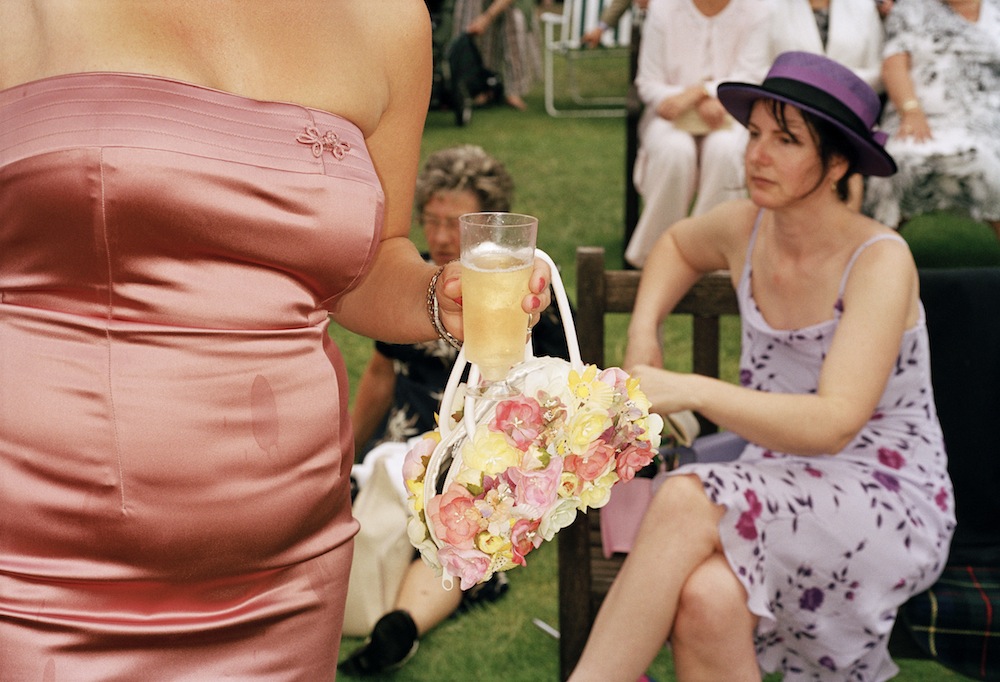Good look: picturing the changing face of Russia
.jpg)
Photographers Fyodor Telkov and Sergey Poteryaev have spent the past few years chronicling the changes taking place in Russia, in particular the people and customs that are fast becoming obsolete
While scores of artists from the Russian provinces flock to Moscow and St Petersburg each year to seek their fortune, photographers Fyodor Telkov, 27, and Sergey Poteryaev, 25, have no plans to leave Yekaterinburg, the fourth largest city in Russia. The location of the industrial city right in the middle of the country is ideal for the pair, whose work focuses on people who live in remote regions, and especially the country’s indigenous groups. “I’m interested in how ordinary people live. Those who aren’t usually the heroes of news articles or of photo stories,” says Poteryaev. “I grew up in a family like that. My parents are ordinary folk who moved to Yekaterinburg from a village. I understand these kinds of people because I’m one of them.”
Telkov and Poteryaev have spent the last few years documenting the changes sweeping across Russia, in particular the people and customs that are fast becoming obsolete. Their photographic projects have taken them to the northern regions of Russia and the Mari El Republic where they have cast a critical eye on the threat of modernity against Russia’s most endangered indigenous groups.
Telkov and Poteryaev cite photographers such as Martin Parr and Alec Soth as influences, known for capturing provincial life in England and the US Midwest respectively. Unlike Parr and Soth, however, Telkov and Poteryaev’s work is not straight-up photojournalism — the pair make regular use of artificial lighting. Although they meet with regional ethnographers and visit local museums before embarking on a project, their preferred way of gleaning information is from the people they meet. “We are creating a kind of catalogue of people, situations, interiors and landscapes,” says Telkov. “We’re trying to create a detailed snapshot of local phenomena and people.”
From the North Line series. Click to view the whole set.
Their project Ural Mari also evokes August Sander, described as “the most important German portrait photographer of the early 20th century” by author Michael Collins in his book Record Pictures. As with Sander, subjects gaze directly into the camera, allowing the setting to tell a part of their story. Even though the Mari have their own republic, Mari El, the project focuses on the group of around 24,000 who migrated to the Urals in the 16th century to avoid forced Christianisation. The collapse of the USSR brought with it a new set of problems — a decline in agriculture and rural flight. The result has been a gradual disappearance of the Mari way of life such as the art of creating Mari national costume. As a way of rescuing this tradition, Telkov’s subjects stand against a background of modern buildings, sleek cars and cityscapes dressed in national costume.
In North Line, a further series, the pair turn their cameras on the people living in the Yamal Peninsula and the Khanty-Mansi regions where the encroachment of oil production companies is threatening their way of life. “The Mansis used to inhabit the Urals but were then forced to move. The same thing is happening today with Russians coming to their lands looking for oil, forcing them to move again,” says Poteryaev. “It’s important to catch these moments and tell their story.” North Line consists of minimalist yet expansive panoramas of the tundra interspersed with portraits of the people who inhabit the lands. “How could one not worry about the disappearance of these people’s way of life?” asks Telkov. “For me it is like a drying lake … one can still find floundering fish but very soon only grey ground will remain.”
From the Ural Mari series. Click to view the whole set.
Although many young people in the regions are desperate to up sticks and move to more dynamic parts of the country, there are a growing number who are content to stay put, says Telkov. “People are finally understanding that it’s possible to live properly in their hometowns and not suffer in Moscow where they’d have to spend hours in traffic jams, work from dawn until dusk and fork out for high rents. This trend, coupled with a growing number of online courses, means that more and more talented photographers are staying in Yekaterinburg and using their cameras to document local issues. Telkov and Poteryaev’s latest project explores Russia in the Nineties, a time notorious for gangsters and lawlessness, especially in Yekaterinburg.
“In the near future we’re going to gather a circle of photographers from the Urals and from Siberia and establish a photography centre,” says Telkov. “We will create a hub for exhibitions, lectures and a library in order to nurture young talent.” Similar projects can be found across Russia, from Photovisa festival in Krasnodar to Fotodepartment, a non-profit foundation for aspiring photographers in St Petersburg. “It makes no sense to complain about all the difficulties we face,” says Poteryaev. “We need to change the situation ourselves.”
.jpg)
.jpg)
.jpg)
.jpg)


